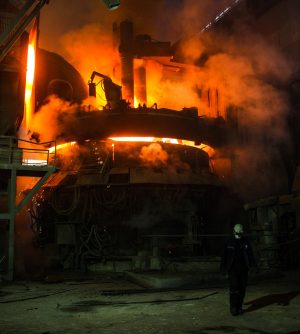

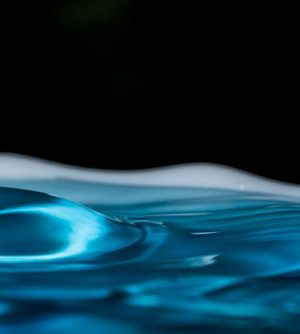
Recovery of bleaching bath
Water mapping highlighted that the bleaching machine used water in a once through design, where water from different washing stages is drained to the sewer network. Modification of the water network enabled the recovery of washing water for reuse in washing process.
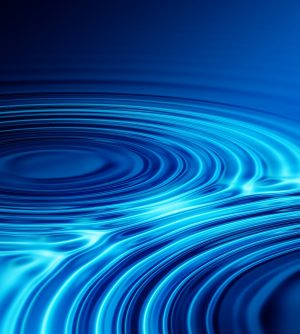
Recovery of CIP water
This dairy had an open system for the CIP process; i.e. water used in first and final rinse is sent to drain without any reuse. Collecting the final rinse water and re-using it for the first rinse saves approximately 43% of water consumption in CIP.

Recovery of inactive leathers
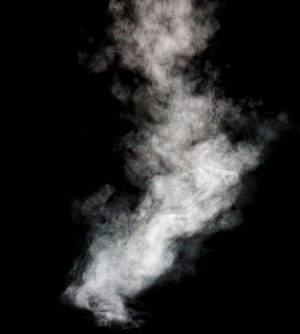
Recovery of latent heat from the steam of the cooker
Steam used for cooking in a pasta company is in an open loop, being drained after the cooking stage without any recovery of heat or water. Directing that steam condensate to a heat exchanger to preheat the boiler feedwater shall utilize the latentheat. Moreover, should laboratory tests confirm the suitability of the condensate, it can be used directly as feedwater.
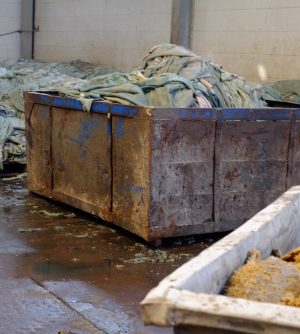
Recovery of proteins and fats from animal fleshing
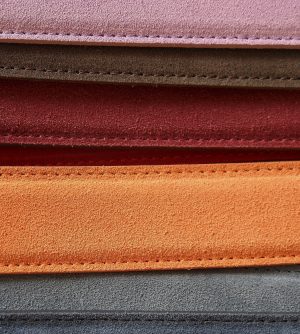
Recovery of vegetable leathers waste
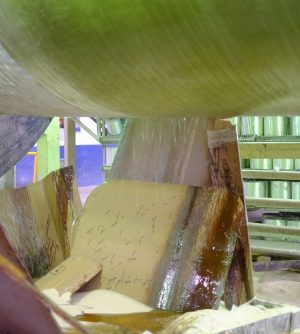
Recovery of waste material through pyrolysis
This fiberglass pipes manufacturing company had losses of material that are spilled during the production process. This spilled material is not suitable for reuse in the production. Installing a pyrolysis plant can utilize that spilled material to produce pyrolysis oil, carbon black, and recover small portion of the material.
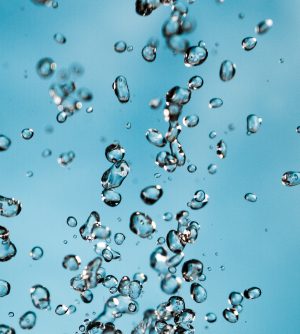
Recycling process water
Mapping of water losses revealed that 20m3/hr of wastewater are drained from a dairy company. In order to reuse that quantity of wastewater, a technical feasibility study was recommended to the company to understand the water quality, and the required treatment levels for potential reuse.
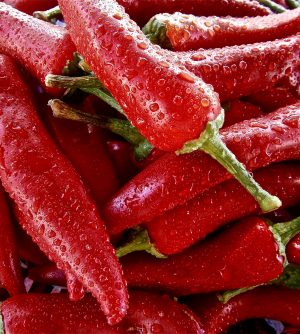
Reduce and reuse of blancher water
This potato processing company aimed at reducing their water consumption. Through water mapping, the feedwater to the blancher was noted to exceed the process requirment, as well being of a steady water consumption instead of a needed intermittent. A solution was installed to control supply by a solenoid valve and to reuse the discharge water from the blancher for the pre-wash process.
